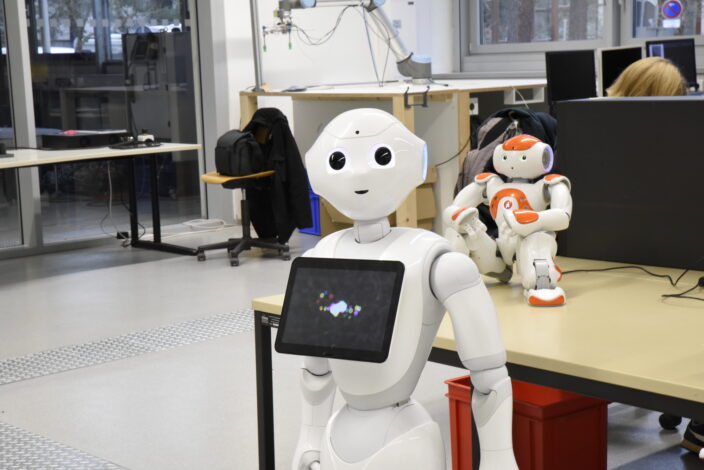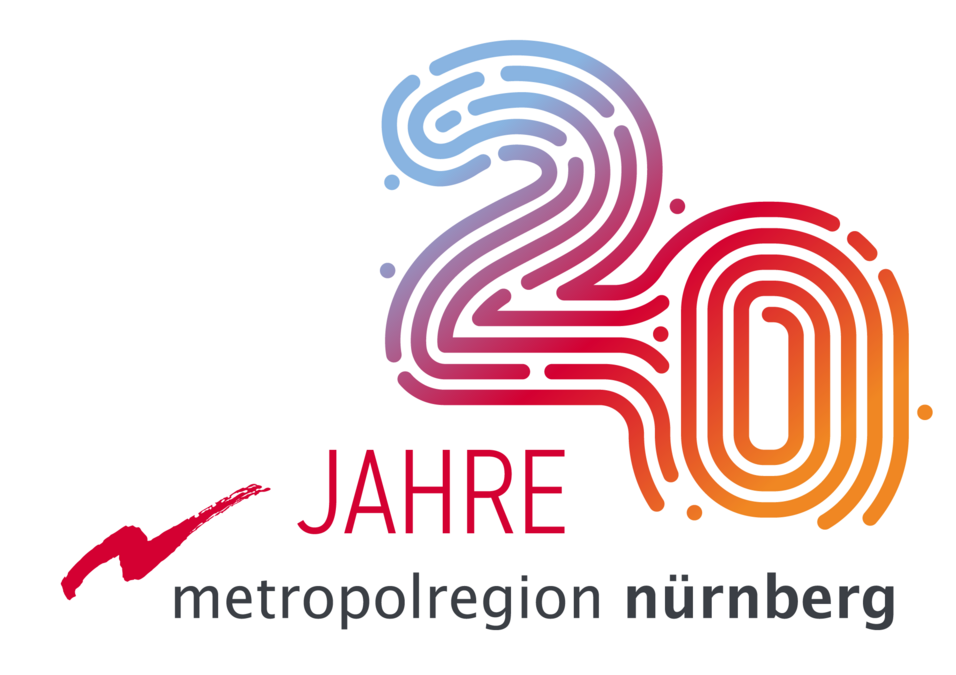On a first-name basis with robots
A research network is investigating how social robots can be. Prof. Dr. Jörg Franke, Institute for Factory Automation and Production Systems (FAPS) at Friedrich-Alexander-Universität Erlangen-Nürnberg (FAU), is the spokesperson for the research project.
Robots and AI are becoming increasingly important - in industry, in services, in medicine and in the private sphere. Over the next two years, the Bavarian Research Foundation and a Bavarian consortium from industry will jointly invest almost four million euros in the FORSocialRobots research network, which aims to significantly advance the social capabilities of automated systems and robots. Prof. Dr. Jörg Franke, Head of the Institute for Factory Automation and Production Systems at Friedrich-Alexander-Universität Erlangen-Nürnberg, is taking on the role of spokesperson for the three-year research project.
The scientific work focuses on the social capabilities of robots in order to enable efficient and accepted interaction with humans in various application areas. Prof. Franke defines the research objective: “We want to fundamentally understand the multimodal aspects of sociality and learn how humans can express and read emotions, how they feel empathy and offer help to others, and how we can transfer these skills to automated systems.” Nina Merz, who coordinates the consortium at the FAPS chair, adds: “We are less interested in developing robots that resemble humans on the outside, but rather in exploring scenarios in which machines interact with humans.” Dr. Sebastian Reitelshöfer, project manager at FAPS, emphasizes: “To help social robots succeed, they have to adapt to us and not the other way around. There is no way around this. Of course, human behavioral patterns always evolve when working with new tools.”
From logistics to production, service and care
The FORSocialRobots consortium aims to enable humans and robots to work together effectively in flexible teams in different areas of life. The social capabilities of robots are to be improved in six fields of application - inspection, logistics, production, service, retirement homes and dementia centers - as well as in five scientific sub-projects. The sub-projects deal with the architecture of social skills, socially situational communication, socially adaptive and proactive interaction, the simulation and validation of socially cognitive robots in the digital twin and human-robot interaction in the work context.
Social interaction is particularly difficult
Autonomous interaction with people poses particular challenges. It is crucial that communication is as natural as possible and does not have a frightening effect on people, as it would otherwise be difficult to accept the technical assistants. But it is precisely this requirement that makes it all the more difficult, as social interactions are typically highly complex and finely nuanced. What's more, robots are sometimes not yet technically capable and incur high costs if they have to be specially adapted for a wide variety of application scenarios. One of the aims is therefore to examine which findings - whether they are gained on a factory floor, in a restaurant or in a care home - can be transferred to other applications and locations.
How can robots be used in sensitive environments?
In one scenario, for example, the aim is to investigate how a robot that is partly remotely monitored and partly autonomous can work together with humans in sensitive environments such as a nuclear environment. The machine should be able to assess contact with humans and react appropriately. And that's not all: the researchers are also analyzing which machine behavior is understandable, comprehensible and ultimately acceptable to humans.
In demand: hospitality
Another scenario is based in the catering industry: There, a robot is supposed to learn how to handle plates and trays, for example, first recognizing when a plate is empty and in this case offering guests the task of “clearing plates”. In addition to technical challenges such as the highly dynamic environment of a restaurant or event space, the robot encounters guests who, unlike employees of a company, have no idea what to expect. Accordingly, surprise, dynamism and hospitality play a major role in such cases.
Flexible in dementia centers
Other scenarios relate to use in the healthcare sector to support nursing staff. A particularly complex environment is, for example, an inpatient dementia center. Here, the robots encounter three very different groups of people - staff, visitors and residents. The robots must be able to adapt their strategies for interaction very flexibly depending on the other person, without the need for complicated authentication, for example. They must therefore be able to recognize intentions and emotions effectively and respond appropriately and clearly. But most importantly, it must not be possible for users to inadvertently trigger an inappropriate response from the machine.

© FAU/Boris Mijat



